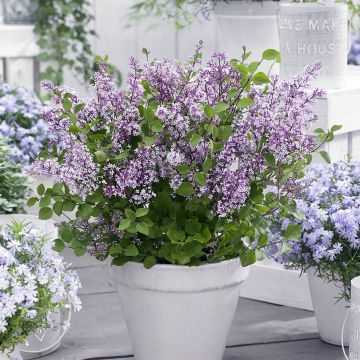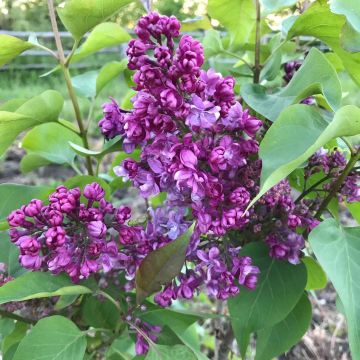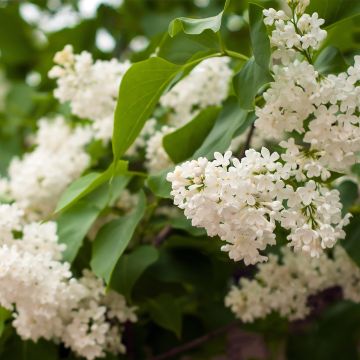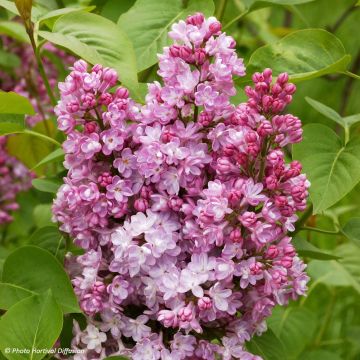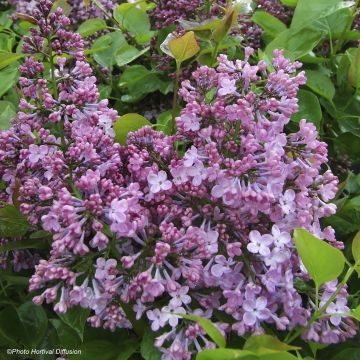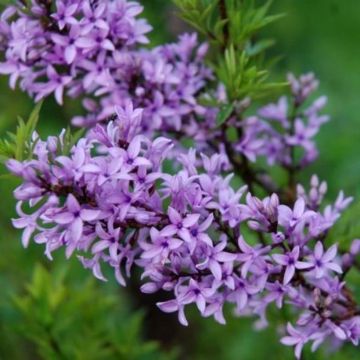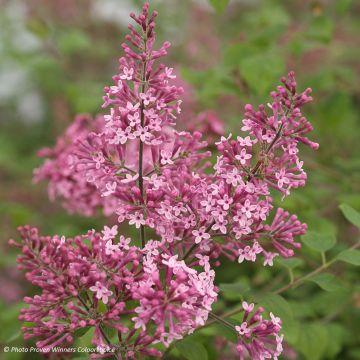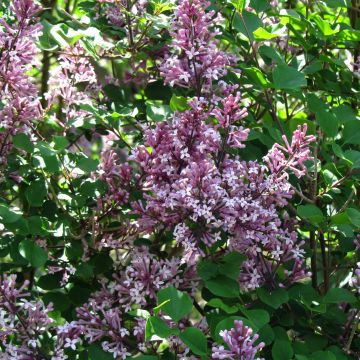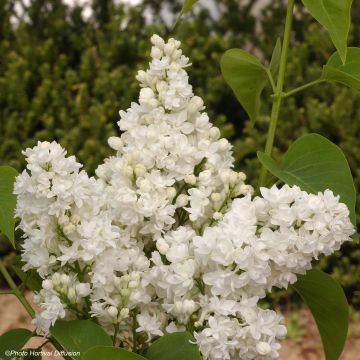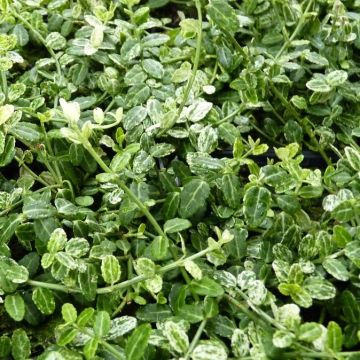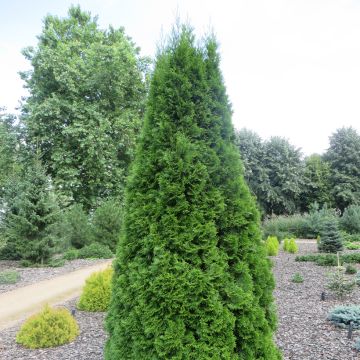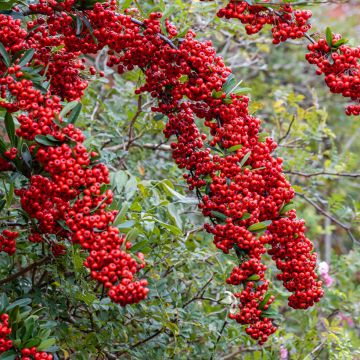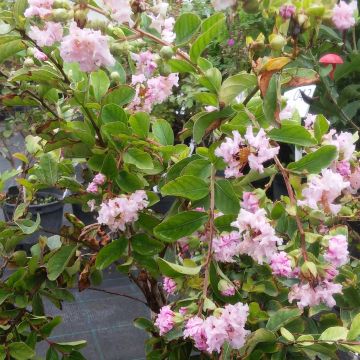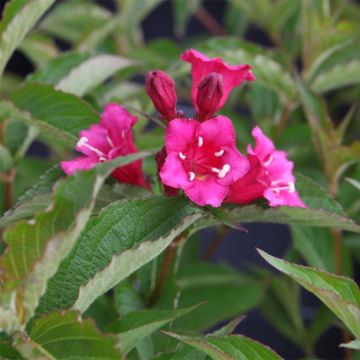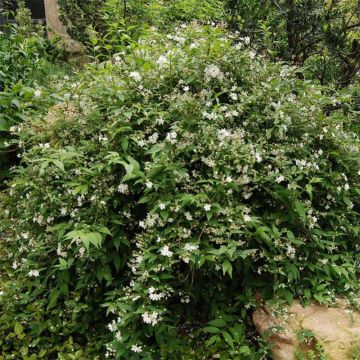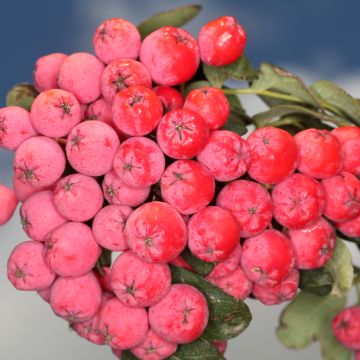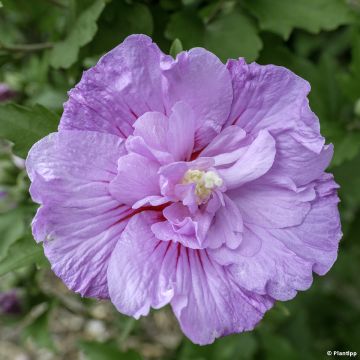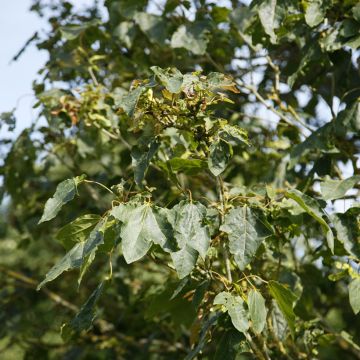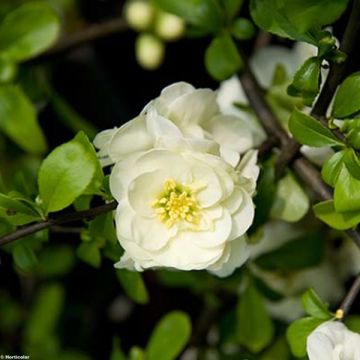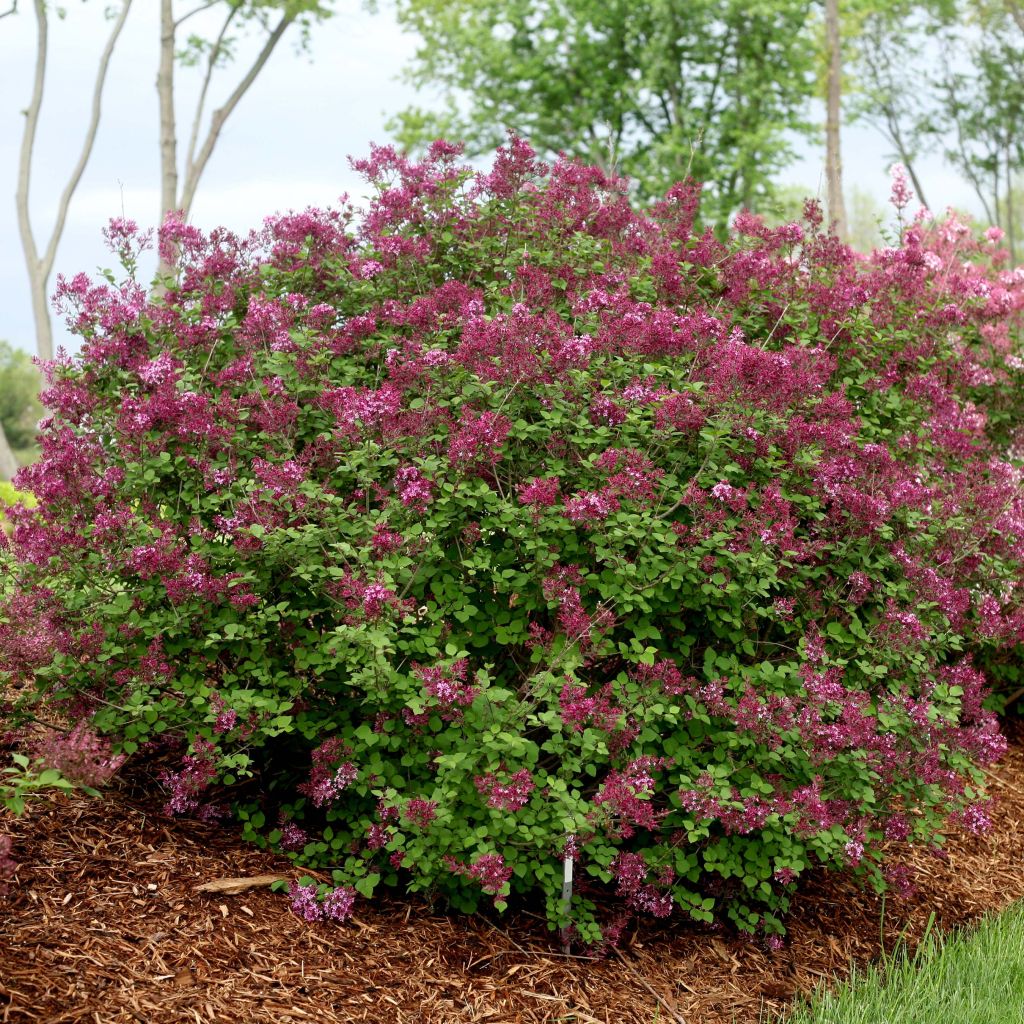

Syringa hybride Bloomerang Dark Purple - Lilac
Syringa hybride Bloomerang Dark Purple - Lilac
Syringa Bloomerang Dark Purple
Hybrid Lilac
This item cannot be shipped to the selected country
Delivery charge from €5.90
Delivery charge from €5.90
More information
Schedule delivery date,
and select date in basket
This plant carries a 24 months recovery warranty
More information
We guarantee the quality of our plants for a full growing cycle, and will replace at our expense any plant that fails to recover under normal climatic and planting conditions.
From €5.90 for pickup delivery and €6.90 for home delivery
Express home delivery from €8.90.
From €5.90 for pickup delivery and €6.90 for home delivery
Express home delivery from €8.90.
Does this plant fit my garden?
Set up your Plantfit profile →
Description
The Syringa Bloomerang 'Dark Purple' is a superb novelty from the exceptional series of scented Bloomerang lilacs, promising a bright future in our gardens. Perhaps even more so than its siblings, it offers a perpetual flowering until autumn, but its flowering is even more opulent, composed of more voluptuous clusters where dark purple floral buds and single, lavender-blue, highly fragrant florets mingle. Its slightly more significant growth makes it a truly magnificent bush, whether standalone in a small garden or in a flowering hedge.
The Lilac 'Bloomerang Dark Purple' belongs to the Oleaceae family. It forms a deciduous bush with a compact, bushy and shrubby habit, rising to 1.60 m (5 ft 2 in)-1.70 m (5 ft 7 in) (up to 1.80m (5 ft 11 in)), and barely wider than tall, with foliage consisting of small dark green deciduous leaves. Its growth is quite slow and its vegetation very dense. Its lineage includes four different species of lilacs, it is a hybrid of Syringa patula x macrophylla x meyeri x juliana. This variety flowers abundantly in spring, takes a rest period until midsummer, during the high heat, before resuming, quite intensely, until the first frosts. The flowering attracts a good number of butterflies.
Easy to grow in ordinary soil, very vigorous and long-lived, the Syringa 'Bloomerang Dark Purple' is a valuable asset for the garden, with its late summer resurgence that will accompany that of the perpetual roses and flowering bushes of large asters. It can be planted at the edge of a grove, in front of taller trees, in groups, standalone near the house, or as a free hedge mixed with flowering apple trees, Japanese cherry trees, Chinese almond trees, Japanese quinces, deutzias etc. Its beautiful fragrant clusters are appreciated in bouquets, in the company of garden irises, campanulas and peonies, in spring, or asters and gauras in autumn.
The lilac, king of our unpretentious gardens, owes its fame to the work and imagination of French nurserymen, in particular Victor Lemoine, who is at the origin of most varieties still grown today. That's why in English-speaking countries, we talk about the 'French Lilac' to evoke this bush full of resources and so endearing.
Report an error about the product description
Syringa hybride Bloomerang Dark Purple - Lilac in pictures
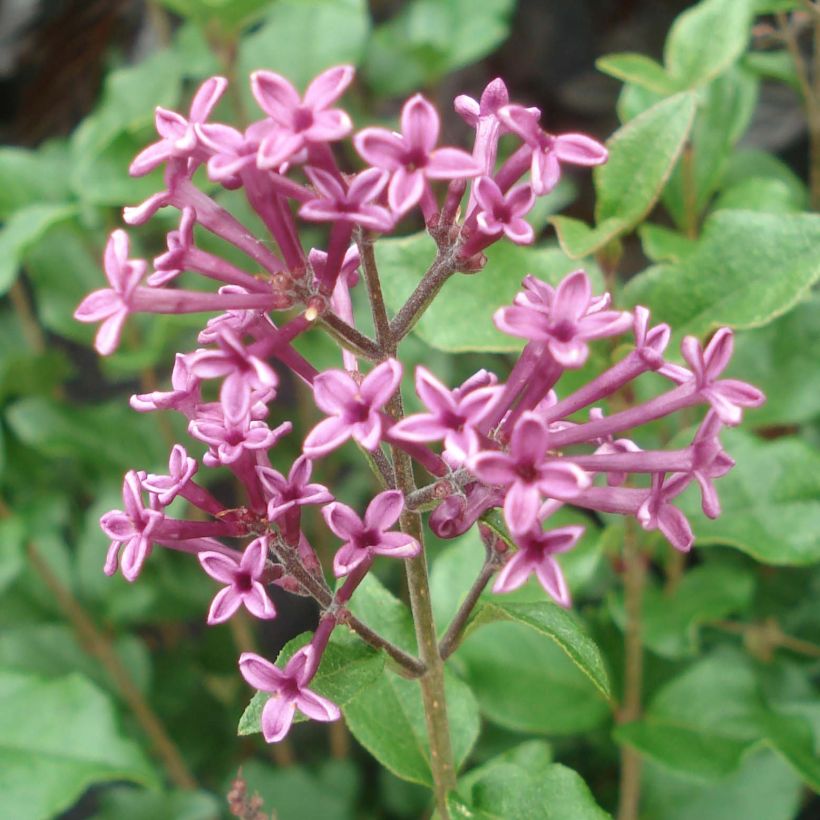

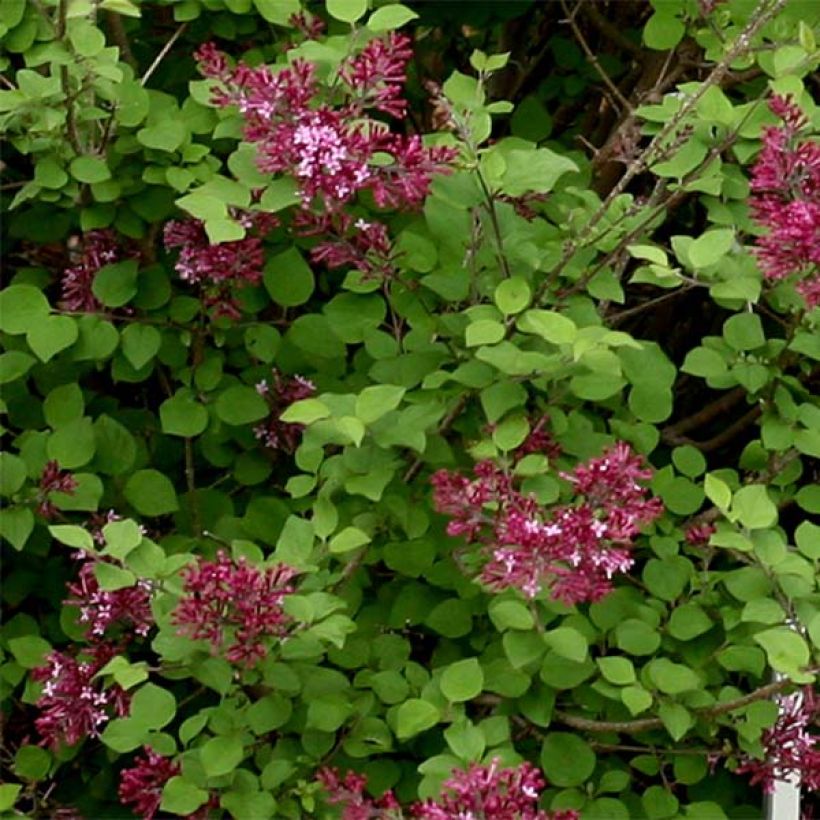

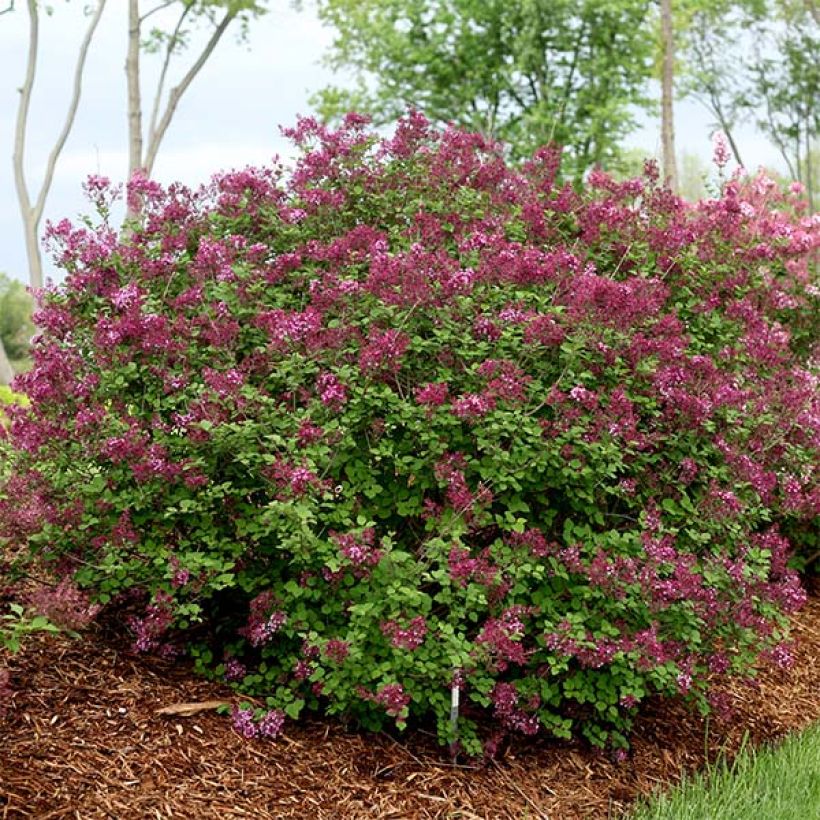

Plant habit
Flowering
Foliage
Botanical data
Syringa
Bloomerang Dark Purple
Oleaceae
Hybrid Lilac
Cultivar or hybrid
Other Syringa - Lilac
Planting and care
The Syringa x ‘Bloomerang Dark Purple' prefers rich, deep, loose soils, close to neutrality, rich in clay that retains freshness. The substrate must be humid to fresh and well drained. It is preferable to install it in full sun or in light shade in a warm climate, as its flowering is better when it receives maximum light. It is useful to cut the faded inflorescences after the flowering to avoid the fruiting, which is of no interest and exhausts the plant. This will encourage more abundant flowering the following year. This variety flowers on shoots from the previous year but also on those of the current year.
Planting period
Intended location
Care
-
, onOrder confirmed
Reply from on Promesse de fleurs
Hedge shrubs
Haven't found what you were looking for?
Hardiness is the lowest winter temperature a plant can endure without suffering serious damage or even dying. However, hardiness is affected by location (a sheltered area, such as a patio), protection (winter cover) and soil type (hardiness is improved by well-drained soil).

Photo Sharing Terms & Conditions
In order to encourage gardeners to interact and share their experiences, Promesse de fleurs offers various media enabling content to be uploaded onto its Site - in particular via the ‘Photo sharing’ module.
The User agrees to refrain from:
- Posting any content that is illegal, prejudicial, insulting, racist, inciteful to hatred, revisionist, contrary to public decency, that infringes on privacy or on the privacy rights of third parties, in particular the publicity rights of persons and goods, intellectual property rights, or the right to privacy.
- Submitting content on behalf of a third party;
- Impersonate the identity of a third party and/or publish any personal information about a third party;
In general, the User undertakes to refrain from any unethical behaviour.
All Content (in particular text, comments, files, images, photos, videos, creative works, etc.), which may be subject to property or intellectual property rights, image or other private rights, shall remain the property of the User, subject to the limited rights granted by the terms of the licence granted by Promesse de fleurs as stated below. Users are at liberty to publish or not to publish such Content on the Site, notably via the ‘Photo Sharing’ facility, and accept that this Content shall be made public and freely accessible, notably on the Internet.
Users further acknowledge, undertake to have ,and guarantee that they hold all necessary rights and permissions to publish such material on the Site, in particular with regard to the legislation in force pertaining to any privacy, property, intellectual property, image, or contractual rights, or rights of any other nature. By publishing such Content on the Site, Users acknowledge accepting full liability as publishers of the Content within the meaning of the law, and grant Promesse de fleurs, free of charge, an inclusive, worldwide licence for the said Content for the entire duration of its publication, including all reproduction, representation, up/downloading, displaying, performing, transmission, and storage rights.
Users also grant permission for their name to be linked to the Content and accept that this link may not always be made available.
By engaging in posting material, Users consent to their Content becoming automatically accessible on the Internet, in particular on other sites and/or blogs and/or web pages of the Promesse de fleurs site, including in particular social pages and the Promesse de fleurs catalogue.
Users may secure the removal of entrusted content free of charge by issuing a simple request via our contact form.
The flowering period indicated on our website applies to countries and regions located in USDA zone 8 (France, the United Kingdom, Ireland, the Netherlands, etc.)
It will vary according to where you live:
- In zones 9 to 10 (Italy, Spain, Greece, etc.), flowering will occur about 2 to 4 weeks earlier.
- In zones 6 to 7 (Germany, Poland, Slovenia, and lower mountainous regions), flowering will be delayed by 2 to 3 weeks.
- In zone 5 (Central Europe, Scandinavia), blooming will be delayed by 3 to 5 weeks.
In temperate climates, pruning of spring-flowering shrubs (forsythia, spireas, etc.) should be done just after flowering.
Pruning of summer-flowering shrubs (Indian Lilac, Perovskia, etc.) can be done in winter or spring.
In cold regions as well as with frost-sensitive plants, avoid pruning too early when severe frosts may still occur.
The planting period indicated on our website applies to countries and regions located in USDA zone 8 (France, United Kingdom, Ireland, Netherlands).
It will vary according to where you live:
- In Mediterranean zones (Marseille, Madrid, Milan, etc.), autumn and winter are the best planting periods.
- In continental zones (Strasbourg, Munich, Vienna, etc.), delay planting by 2 to 3 weeks in spring and bring it forward by 2 to 4 weeks in autumn.
- In mountainous regions (the Alps, Pyrenees, Carpathians, etc.), it is best to plant in late spring (May-June) or late summer (August-September).
The harvesting period indicated on our website applies to countries and regions in USDA zone 8 (France, England, Ireland, the Netherlands).
In colder areas (Scandinavia, Poland, Austria...) fruit and vegetable harvests are likely to be delayed by 3-4 weeks.
In warmer areas (Italy, Spain, Greece, etc.), harvesting will probably take place earlier, depending on weather conditions.
The sowing periods indicated on our website apply to countries and regions within USDA Zone 8 (France, UK, Ireland, Netherlands).
In colder areas (Scandinavia, Poland, Austria...), delay any outdoor sowing by 3-4 weeks, or sow under glass.
In warmer climes (Italy, Spain, Greece, etc.), bring outdoor sowing forward by a few weeks.


































